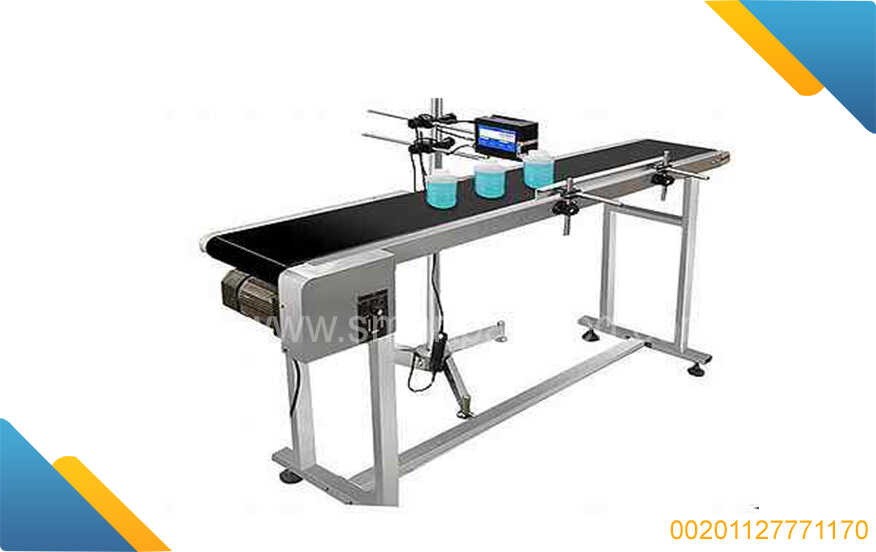Title: A How-To Guide: Developing the Vegetable Ghee Industry in Egypt and Filling the Gap
Introduction:
In recent years, the vegetable ghee industry in Egypt has begun to gain significant traction due to changing consumer preferences and health-conscious choices. As demand continues to rise, there is a great opportunity for entrepreneurs and investors to tap into this growing market. In this guide, we will outline the essential steps to develop the vegetable ghee industry in Egypt, considering the aspects of production, distribution, and marketing strategies. Let's dive in!
Step 1: Conduct Market Research
Before starting any venture, it's essential to understand the market dynamics and identify potential opportunities. Conduct thorough market research to assess the demand for vegetable ghee in Egypt. Analyze consumer preferences, existing competition, pricing trends, and distribution channels. This data will help you develop a comprehensive business plan.
Step 2: Choose a Suitable Production Process
As vegetable ghee involves modifying vegetable oil to replicate the texture and functionality of traditional ghee, selecting an appropriate production process is crucial. Consider the two primary methods commonly used:
- Hydrogenation: This process involves the introduction of hydrogen gas into vegetable oil in the presence of a catalyst. It results in a solid or semi-solid fat, which can be further processed into vegetable ghee.
- Fractionation: Fractionation separates different components of vegetable oil, allowing the desired composition to be used for ghee production.
Consult with industry experts or seek guidance from professionals experienced in vegetable ghee production processes to make an informed decision.
Step 3: Establish Manufacturing Infrastructure
After determining the production process, it's time to set up the necessary infrastructure for manufacturing vegetable ghee. This includes acquiring suitable machinery, equipment, and facilities adhering to food safety regulations. Ensure efficient handling of raw materials, effective processing capabilities, and proper storage arrangements.
Step 4: Source Quality Ingredients
To create high-quality vegetable ghee, sourcing the finest ingredients is crucial. Select edible vegetable oils known for their stability and taste. Choose reputable suppliers who provide consistent quality and comply with food safety regulations. Ensure that your ingredients are traceable, properly stored, and handled to maintain their quality throughout the production process.
Step 5: Develop Distribution Channels
Creating a robust distribution network is vital for reaching consumers effectively. Identify potential distribution partners, including wholesalers, supermarkets, and local grocery stores. Build strong relationships to secure consistent and reliable access to market channels. Implement a well-structured logistics system to ensure prompt and efficient delivery of your vegetable ghee to retailers and end consumers.
Step 6: Craft an Effective Marketing Strategy
Establishing a strong market presence requires strategic marketing efforts. Create a unique brand identity that highlights the health benefits, quality, and distinct features of your vegetable ghee. Utilize diverse advertising channels, including digital platforms, print media, and television, to engage with the target audience. Consider offering samples, discounts, or collaborating with influencers to promote your product.
Conclusion:
With the growing demand for vegetable ghee in Egypt, now is the perfect time to enter the market. By following this comprehensive how-to guide, you can successfully develop the vegetable ghee industry while filling the gap in the market. Remember to conduct thorough market research, select appropriate production processes, establish manufacturing infrastructure, source quality ingredients, develop an efficient distribution network, and craft an effective marketing strategy. With dedication and perseverance, your venture can thrive in this lucrative industry. Best of luck!



 Admin
Admin 






